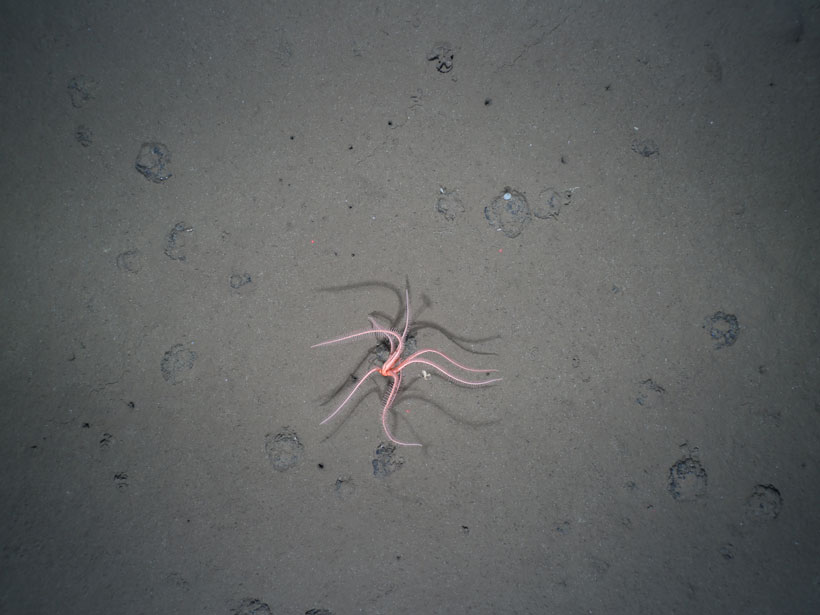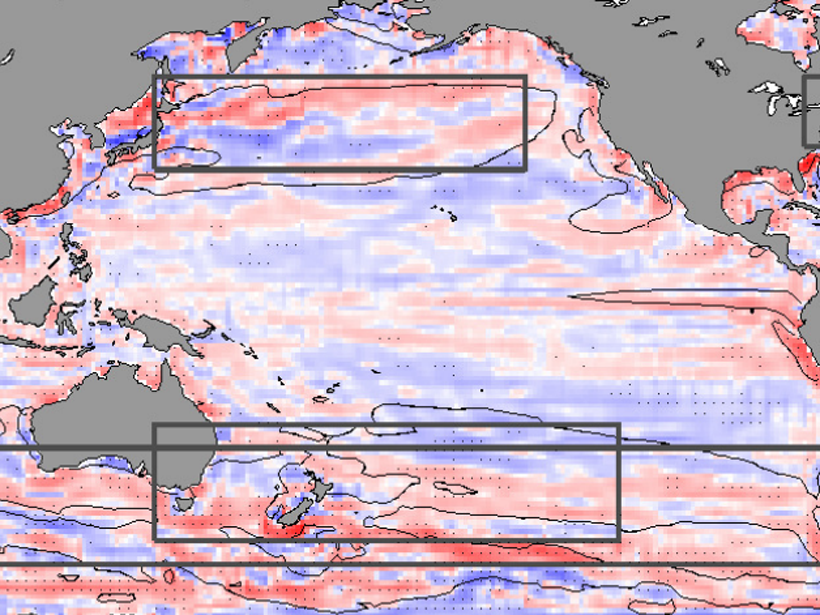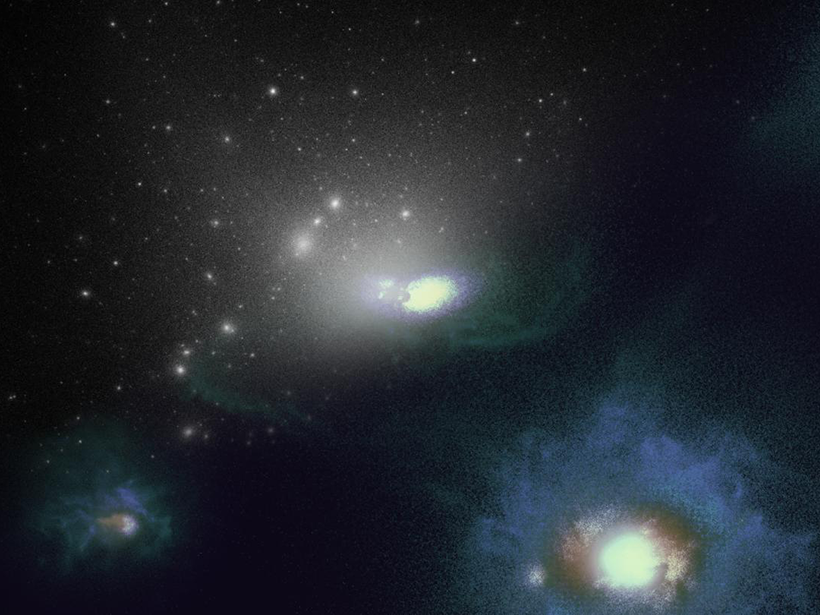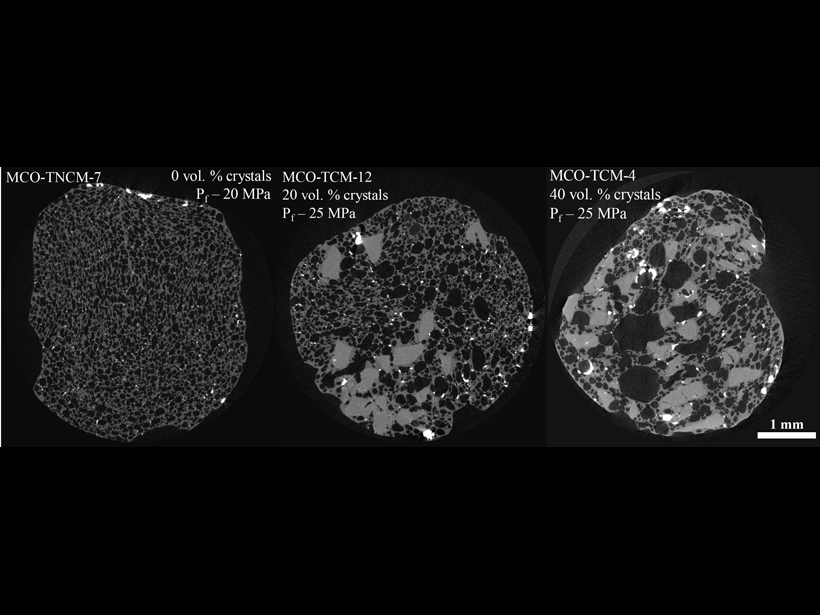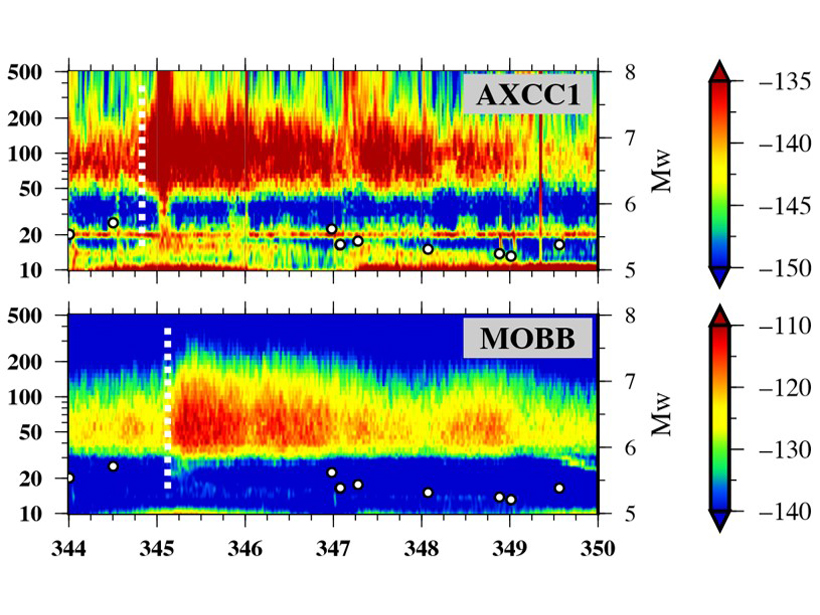In July, Eos looks at the incredible capabilities scientists have developed to recreate the enormous pressures and temperatures that exist far below the planet’s surface.
experiments
Earth’s Core Is in the Hot Seat
How old is Earth’s inner core? High-pressure and high-temperature experiments suggest that our planet’s inner furnace may be much younger than expected.
Reflecting on a Half Century of Mineral and Rock Physics at AGU
Research fields focused on the physical properties of Earth materials emerged in the 20th century and have been making major contributions within geoscience ever since.
The Long-Lasting Legacy of Deep-Sea Mining
New research reveals a deep-sea mining experiment that took place 26 years ago still has significant and persistent impacts on benthic life.
From Blowing Wind to Running Water: Unifying Sediment Transport
Laboratory experiments and grain-scale computer simulations during the past decade have led to a more universal understanding of flow-driven sediment transport across flows in oil, water, and air.
Ocean Gyres Observed to Move Poleward
Basin-wide ocean gyres have been observed to be slowly migrating toward the poles and, although natural variations contribute, climate simulations suggest the shift is in response to global warming.
Where Do Natural Gas Hydrates Come from and Why Should We Care?
A new generation of models, laboratory, and field studies is helping scientists answer important questions about this mysterious substance.
Wanted for Grand Theft Galaxy: The Milky Way
Several dwarf galaxies orbiting the Milky Way were likely stolen from the Large Magellanic Cloud.
Crystals Connect Bubbles in Explosive Magmas
Hydrous silica-rich magmas can degas through connected bubble pathways when as little as 20% crystals are present, influencing transitions from explosive, Vulcanian-style eruptions to lava effusion.
Follow The ‘Hum’: The Seismic Signal of Pacific Ocean Storms
Have you ever noticed that the Earth is humming? Seismologists have! Discover how individual storms in the northern Pacific Ocean generate a long-period seismic signal.




